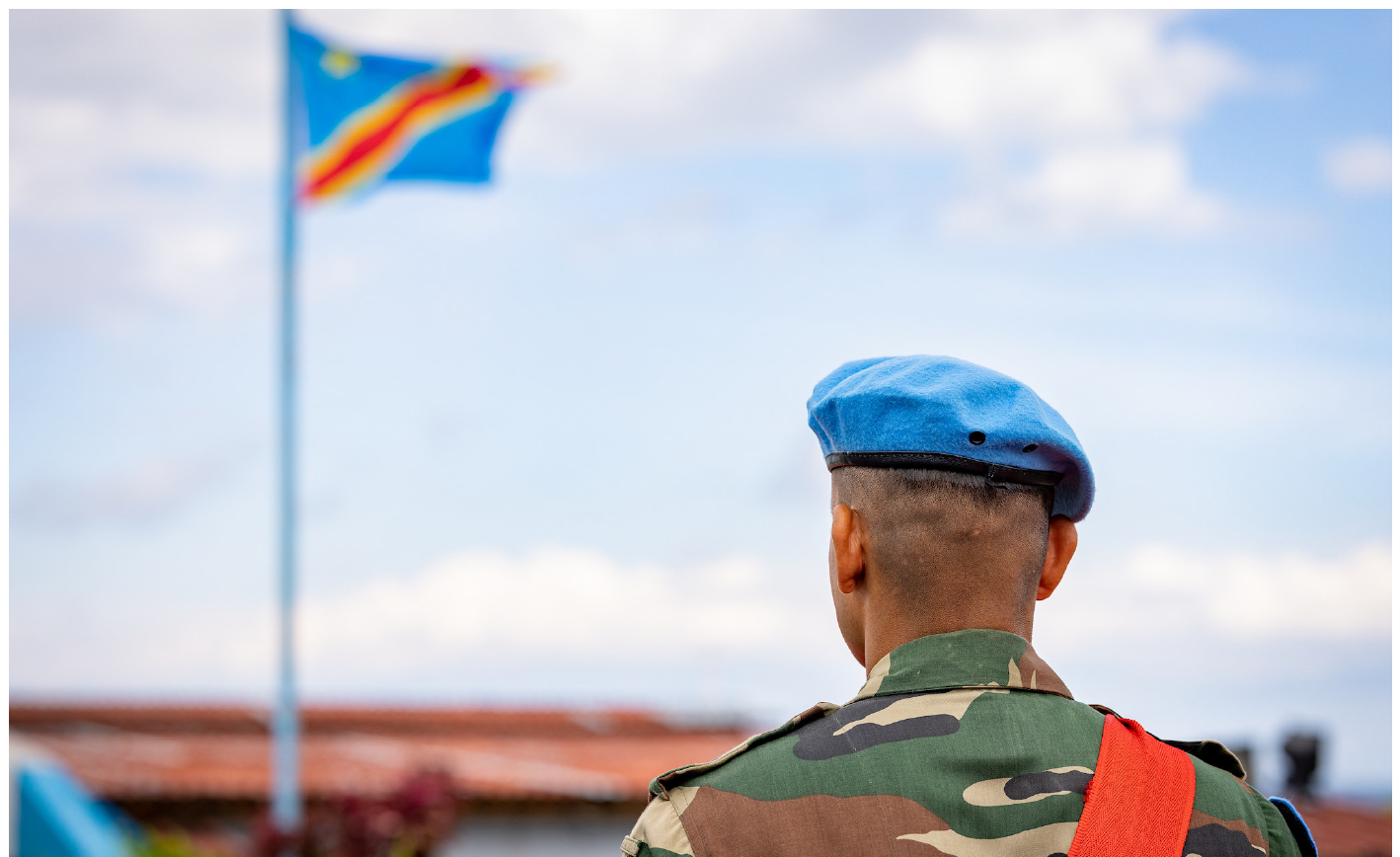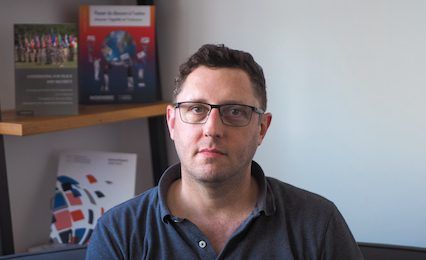
Array
(
[thumbnail] => https://s42831.pcdn.co/wp-content/uploads/2023/09/Blog-Image-What-will-come-after-MONUSCO-150x150.png
[thumbnail-width] => 150
[thumbnail-height] => 150
[medium] => https://s42831.pcdn.co/wp-content/uploads/2023/09/Blog-Image-What-will-come-after-MONUSCO-300x184.png
[medium-width] => 300
[medium-height] => 184
[medium_large] => https://s42831.pcdn.co/wp-content/uploads/2023/09/Blog-Image-What-will-come-after-MONUSCO-768x470.png
[medium_large-width] => 768
[medium_large-height] => 470
[large] => https://s42831.pcdn.co/wp-content/uploads/2023/09/Blog-Image-What-will-come-after-MONUSCO-1024x627.png
[large-width] => 1024
[large-height] => 627
[1536x1536] => https://s42831.pcdn.co/wp-content/uploads/2023/09/Blog-Image-What-will-come-after-MONUSCO.png
[1536x1536-width] => 1418
[1536x1536-height] => 868
[2048x2048] => https://s42831.pcdn.co/wp-content/uploads/2023/09/Blog-Image-What-will-come-after-MONUSCO.png
[2048x2048-width] => 1418
[2048x2048-height] => 868
[gform-image-choice-sm] => https://s42831.pcdn.co/wp-content/uploads/2023/09/Blog-Image-What-will-come-after-MONUSCO.png
[gform-image-choice-sm-width] => 300
[gform-image-choice-sm-height] => 184
[gform-image-choice-md] => https://s42831.pcdn.co/wp-content/uploads/2023/09/Blog-Image-What-will-come-after-MONUSCO.png
[gform-image-choice-md-width] => 400
[gform-image-choice-md-height] => 245
[gform-image-choice-lg] => https://s42831.pcdn.co/wp-content/uploads/2023/09/Blog-Image-What-will-come-after-MONUSCO.png
[gform-image-choice-lg-width] => 600
[gform-image-choice-lg-height] => 367
)
What Will Come After MONUSCO?
Peacekeeping on shifting political sands
Last week, in the midst of an ongoing debate about the future of the United Nations Stabilization Mission in the Democratic Republic of the Congo (MONUSCO), Congolese foreign minister Christophe Lutundula sent a strongly worded letter to the president of the United Nations Security Council. The six-page missive, dated September 1 and widely shared on social media, includes a long list of the United Nations (UN) missions’ failures in the Democratic Republic of the Congo (DRC) over the past twenty-plus years. Above all, it calls for accelerating MONUSCO’s departure, beginning by the end of 2023.
The DRC appears to be making good on its announcement from June of this year regarding the withdrawal of the mission within six months. This new demand further increases the political pressure on the mission and the Security Council to move even faster in their plans for departure. It also potentially provides Congolese President Félix Tshisekedi with a campaign talking point ahead of general elections scheduled for December 20, 2023.
These developments are taking place even as the geopolitical dynamics in the region are in flux. For diplomats and analysts contemplating the future of MONUSCO, the situation on the ground is confusing. In addition to MONUSCO, the eastern Congo currently hosts an East African Community regional force (EACRF) made up of troops from Kenya, Uganda, Burundi, and South Sudan; a separate Ugandan force deployed to combat the Allied Defense Force (ADF); and at least two private military companies contracted by the Congolese government. An additional force from the Southern African Development Community (SADC) has also been announced, as has a contingent of Angolan troops. This confusion of overlapping forces, with different mandates, is a symptom of a peace process without an overarching strategy, process, or logic.
The most recent wave of international military engagement in Congo has arisen largely as a response to the resurgence of the Mouvement du 23 mars (M23) rebel group in North Kivu since November 2021. The M23, which previously seized the city of Goma in November 2012, has benefited from direct support by the Rwanda Defence Force (RDF), explaining its rapid expansion and the threat the Congolese government believes it poses.
Back to the future?
Some observers and Congolese view this new series of developments as a return to the past. During the war of 1998-2003, the armies of DRC, Zimbabwe, Angola, Namibia, and Chad fought against those of Rwanda, Uganda, and their numerous proxies. Many aspects of today’s conflict feel similar to previous events.
This reappearance of regional fault lines was not inevitable. When Congolese President Félix Tshisekedi came to power in 2019, he pursued a foreign policy of openness that sought to mend ties with neighbors such as Rwanda and Uganda. In the first two years of his mandate, the Rwandan army conducted numerous operations in the Kivus, cooperating with the Congolese army. When the East African Community (EAC) offered to send a multinational military force into DRC, it was met with support from the DRC government.
However, President Tshisekedi soon became disillusioned with the EACRF, which interpreted its mandate as an interposition force between the Congolese army and the M23, not as an offensive partner of the government. He recently turned to SADC for support, which has agreed to send a military force to DRC, but whose mandate–and deployment timeline–is also uncertain. Tshisekedi’s desire to find a military solution against the M23 has also led him to hire Agemira and Congo Protection, two private military companies that are ostensibly there to train Congolese soldiers and maintain military aircrafts but who have also been engaged in military operations.
Add to this confusion the potential departure of MONUSCO, at the behest of the Congolese government. In his most recent report to the UN Security Council, Secretary-General António Guterres proposed that MONUSCO provide substantial support to the EACRF; according to diplomatic sources this could be a transition strategy for the UN mission to hand over the reins to the regional force. MONUSCO’s mandate is due to expire in December 2023. It will be renewed, with changes that will be debated by the Security Council in the coming months.
What does this mean for the near and medium-term future of security in the eastern Congo?
The secretary-general seems to want to hand some of MONUSCO’s responsibilities over to the EACRF. At the same time, the EACRF is facing stiff challenges: beyond its inability to challenge the M23––which has earned it the ire of the population in North Kivu, in particular–its member states’ interests in the DRC risk putting it at odds with stabilization work. Just consider that the largest export, worth several billion dollars in 2022, of Rwanda, Uganda, and Burundi was gold illegally smuggled out of the same areas into which their peacekeepers are now venturing.
There is a larger question at stake in these deliberations: what is the plan? Despite the grab bag of armed forces deployed there, there is currently no overarching peace process. The Nairobi process, which is currently under the leadership of former Kenyan president Uhuru Kenyatta, does not involve the M23; some Congolese armed groups are involved, others are not. The Luanda process, which involves regional heads of state, has called for dismantling the M23 by force, but the members of the EACRF do not seem to be on the same wavelength (at least Kenya and Uganda; Burundian President Évariste Ndayishimiye this week argued in favor of the use of force).
Even if the M23 disappears, there will be approximately a hundred other armed groups, including some that have been more destructive and deadly, remaining. The current demobilization process, known by its acronym, P-DDRCS, is stumbling along, suffering from a lack of trust and internal coherence. Its provincial coordinator for Ituri was recently arrested, accused of embezzlement. Little is being done to address the structural issues that allowed conflict to simmer on for 27 years–abusive and corrupt security forces, communal tensions, a lack of employment, and the poor governance of the plentiful tin, tantalum, gold, timber, land, and charcoal in the region.
MONUSCO has not been able to forge this kind of process; it has been politically marginalized and has seen its popular legitimacy decrease substantially. Our January 2023 survey indicated that 67 percent of Congolese want the mission to leave–a dramatic increase from 27 percent in 2016. However, its phasing out will solve little. This absence of a coherent peace and stabilization process, as much as the future of MONUSCO, is what should focus the attention of diplomats and government officials in the region and at UN headquarters.
It will take significant political investment to forge this new political process. The last such attempt produced the Peace, Security, and Cooperation Framework (PSCF) in 2013, prompted by the previous M23 escalation. On paper that framework included many of the elements necessary for a comprehensive peace process. But once the M23 was defeated, the Congolese government lost interest in pushing the process forward. Meanwhile, the sprawling arrangement of eleven signatory states and four international organizations resulted in feeble external pressure and coordination. The process fizzled out.
A new one must be forged, learning from these mistakes. Much like during the Lusaka Peace Process (1999-2006), there must be high-level political investment from capitals in the region and abroad. In 2002, it was Thabo Mbeki, Ketumile Masire, and Moustapha Niasse–backed by envoys from Washington, Brussels, and elsewhere–who supplied the necessary pressure, while UN peacekeeping provided the legwork on the ground.
But the international situation has changed. The Congo has held repeated elections since then; its budget is more than tenfold what it was in 2003. This kind of intrusive peacekeeping and statebuilding of twenty years ago is no longer feasible or acceptable. Meanwhile, the geopolitics of the region has changed significantly–regional bodies such as the EAC are formidable, albeit inexperienced, players, while China has become the largest investor in and trading partner of the DRC.
All of this calls not for less attention or investment from players like the UN, but for a different kind of process. MONUSCO will have to be repurposed, while the EAC and the African Union would likely have to take heftier roles. But–and this is the key–no peace process will be successful, or perhaps even useful, in the absence of a shared vision with the Congolese government. Without that keystone, the rest of the edifice will likely collapse.
International Day of the United Nations Peacekeepers; May 2023; Goma, North Kivu, DRC. © Photo: MONUSCO/Kevin Jordan, CC BY-SA 2.0.
Stay Connected
Subscribe to our newsletter and receive regular updates on our latest events, analysis, and resources.
"*" indicates required fields

